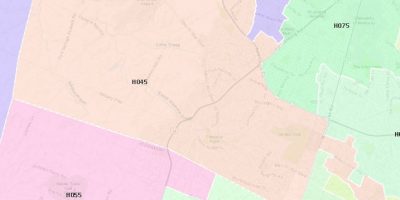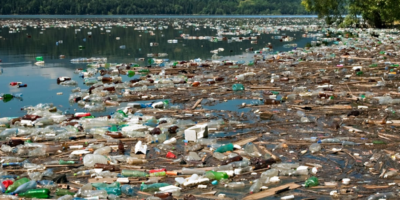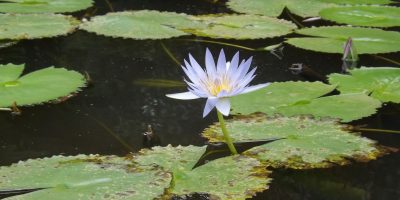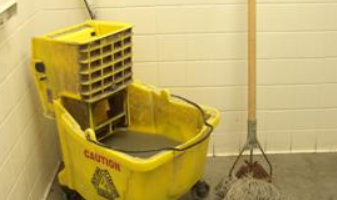Shootin’ n Snaggin’ with the Frugal Fisherman
A coworker recently asked me where she could take her two young boys for a quick afternoon of fishing. She admitted she knew little about fishing, but thought her boys would enjoy being outdoors. Without hesitation I responded Jacobsen Park.
It wasn’t until later that night I actually thought about where someone with little fishing knowledge or experience could go and actually catch a fish. I was amazed. I couldn’t think of a single location. I knew Jacobsen Park received more fishing pressure than any body of water in Lexington, making it a tough lake to actually catch a fish, much less get a bite. Herrington Lake is close by, but an even tougher locale for a novice mother and two boys. Plus once again there’s no guarantee of any fishing action considering the steep banks and deep water.
The real problem with most lakes or ponds in and around Lexington is they are great for fishing, but lousy for catching fish. There are simply too many people on or around the water. The regular rhythm of individuals turns the fish off, if fish are even to be found at these locations in the first place.
I told my coworker later that night not to go to Jacobsen Park, that I’d hopefully find a better and more successful location where she and her boys could go. One trip to the Kentucky Department of Fish and Wildlife Resources (KDFWR) website and I had my answer.
The Fishing in Neighborhoods (FINs) program began in 2006 to provide anglers with good fishing close to home. In 2010 the program expanded to 29 lakes statewide. According to KDFWR, the aim of the program is to create quality fishing opportunities near cities of all sizes throughout the state. To ensure there’s quality opportunities the participating lakes are regularly stocked with catfish and rainbow trout throughout the year. In addition, sunfish and bass populations are regularly sampled to ensure natural reproduction is meeting the needs of anglers. If not, the state’s hatchery divisions provide hybrid sunfish and largemouth bass.
The FINs program is a cooperative agreement between KDFWR and city/county municipalities. Lake owners have committed to cover 25 percent of the stocking costs. All 29 lakes in the program have a standard set of regulations posted around the lakes. These regulations are a little more restrictive than standard state limits to help spread the fish harvest out over a longer period of time.
Katie Emme, a fisheries biologist brought in to run the program, said FINs was created to get more women, minorities and families fishing by providing better opportunities closer to home.
“The people we’re after are urban anglers, not your typical die-hard anglers,” Emme said. “Urban anglers usually live close by. They’re not interested in catching the biggest fish, or the most fish. They’re just happy to be outside fishing. They are there to have fun and be with their family.”
Gerry Buynak, assistant director of fisheries for KDFWR, said another goal of this program is to get more people fishing more than once across the state.
“We’re timing the stocking of warm water species in May, June and July – water temperatures permitting – to coincide with the time that kids are out of school,” he said.
Channel catfish stocked as part of the program will weigh from 1 to 1½ pounds. Largemouth bass will be 10 inches or longer. Hybrid sunfish will start at 5 inches. State biologists will also stock trout again in October in an effort to extend the fishing season into the fall.
The important thing is for the people visiting these FINs lakes to catch fish, and with little effort, Buynak said. “If they have success early on then they are more likely to come back and try fishing again,” he said. “That’s what we want, people discovering the joy of fishing again and again.”
For more information about the urban fisheries program, including directions and stocking information for each lake, go to http://fw.ky.gov/urbanfishing.asp.
Daily limit of fish at FINs lakes:
Rainbow Trout – 5, no minimum size limit
Channel/Blue Catfish – 4, no minimum size limit
Largemouth Bass – 1, 15 inch minimum
Bluegill/Other Sunfish – 15, no minimum size limit







Leave a Reply